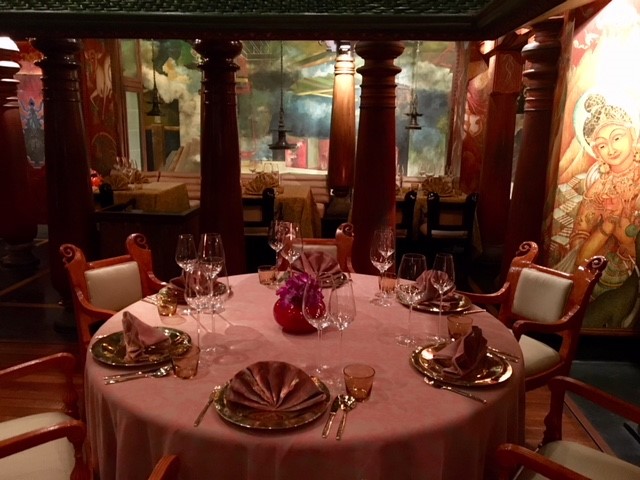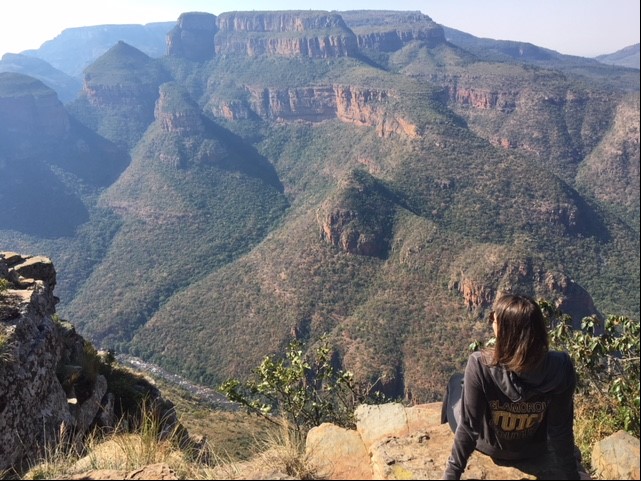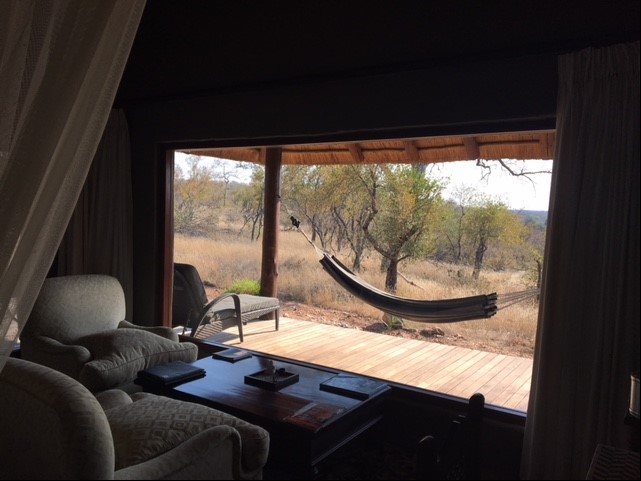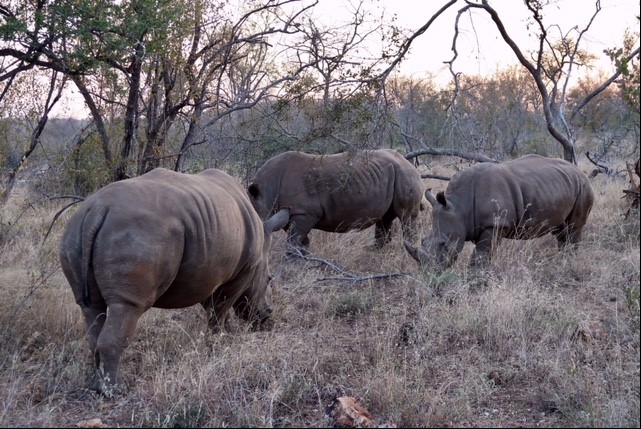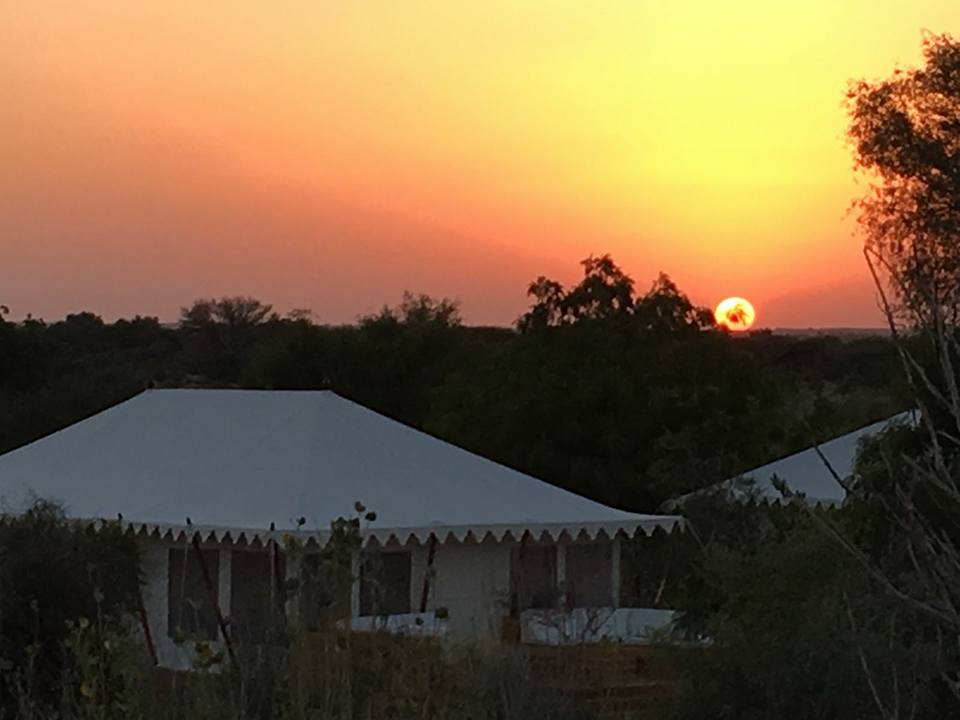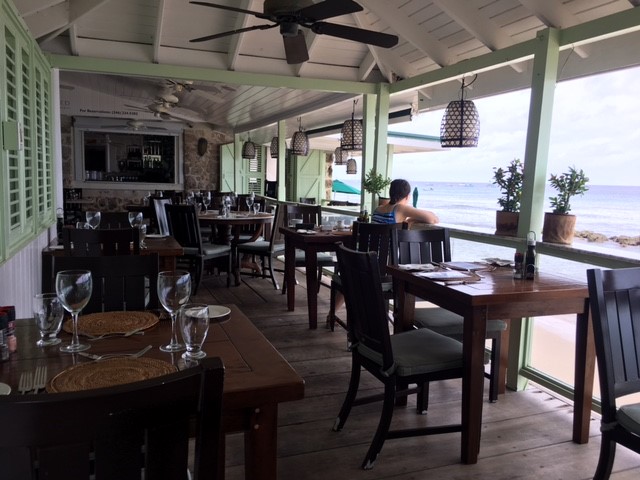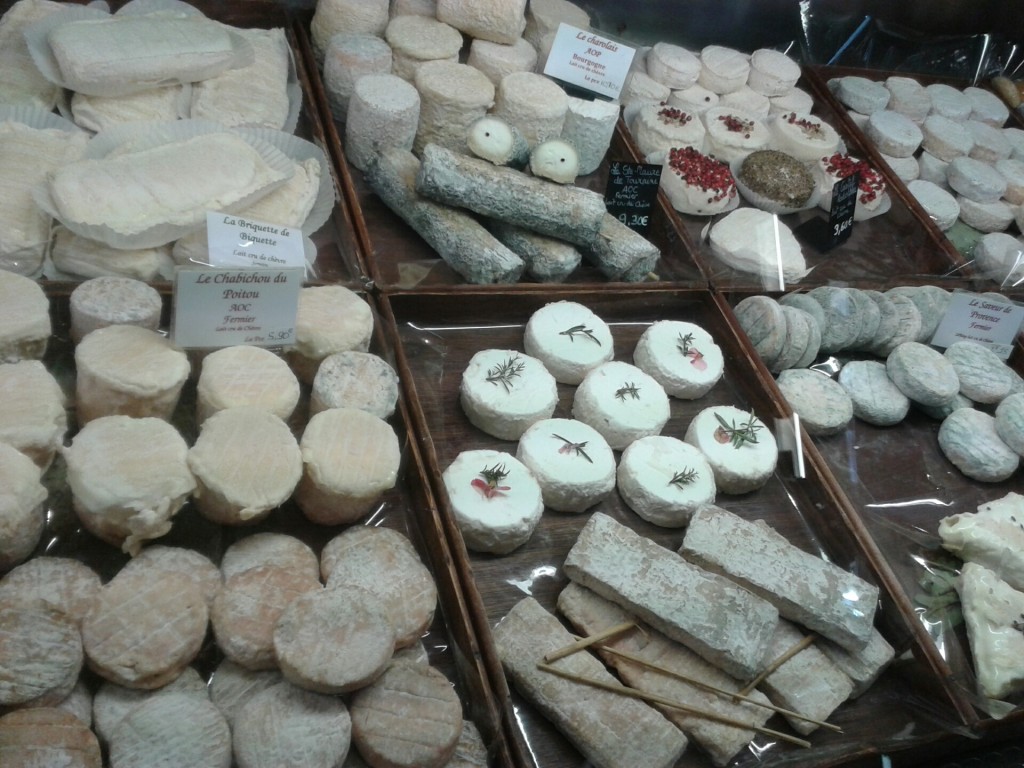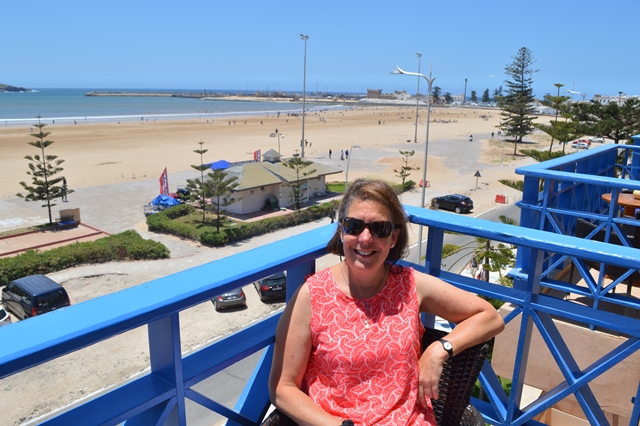Cochin airport, our airport of arrival in Kerala, is the first airport in the world to be run on solar energy. It has more than 46,000 solar panels which take the bright sunlight and converts it into energy. The airport is extremely clean, spacious and with this accolade to shout about – we were already impressed by the “God’s Own Country” strap line and care that the people of Kerala have towards this part of India. We had read up about Kerala’s attitude to responsible tourism and our first encounter on arrival got some brownie points.
Kerala is one of the southern states in India and boasts over 600kms of coastline, the Arabian Sea, as well as a beautiful interior of countryside, banana and rubber plantations, mountains, waterfalls and the backwaters – meandering canals that take you past fields, coconut groves, small village hamlets and villages.
First stop for us was Cochin (Kochi)– we got around on tuk tuks as well as on foot and used the public ferry to cross from Willingdon Island to Fort Cochin. Walking around Jew Town, we past independent shops selling handicrafts, silks, spices, artefacts and perfumes. The walk was colourful, relaxed and interesting – there was no hassle from shop keepers or bartering.
Look out for the Chinese fishing nets on the beachfront, they are unique to Cochin. These nets are found only in Cochin, outside China! We checked out St. Francis Church as it is the oldest church built by Europeans in India. Vasco da Gama, the Portuguese trader who reached India from Europe by sea, fell ill and died in Cochin. His burial spot is within the church.
The second part of our Kerala adventure was 24 hours on the backwaters. We headed to Allepey and embarked on a houseboat to cruise this water network. There is over 900kms of waterways including five large lakes linked by canals, fed by no less than 38 rivers. They extend half the length of Kerala state. The kettuvallams (houseboats) were traditionally used as grain barges, to transport the rice harvested in the fertile fields alongside the backwaters.
Marari Beach Resort – is one of the CGH properties. It is a small slice of heaven on earth and we were blessed to be based here for several days. CGHEarth Hotels have a model which should be an example to any business. Their company ethos and response to nature and people are a force for good and are very much reflected in everything they offer - from their care to the environment in architecture style and locations of their properties to the staff, services and activities you can experience. A winning formula.
The last part of our family adventure in Kerala was a stay at Dewalokam. Run by the most hospitable of hosts, Jose and Sinta. Dewalokam is a working farm and homestay and offers peaceful surroundings by the riverside. You are treated to home grown produce and freshly cooked traditional Keralan food. A guided walk around the farm will teach you all about the various spices that grown here like pepper, nutmeg, cinnamon, cloves, cardamom, ginger and turmeric.
Dewalokam is a working farm, run on organic and eco principles. The water is heated with solar power, vegetables grown with home-made compost, chickens and goats fed on vegetable waste and methane from the cows manure is recovered to provide gas for cooking.
We spent a relaxing afternoon down by the river, jumping off the rope swing into the water and paddling in the inflatable boat whilst glimpsing the azure flash of kingfishers' wings as well as spotting egrets, herons, white ibis and hornbills.
We had to leave a little earlier than planned from this retreat – there had been violent protests around Kerala after two women made history by entering the prominent Sabarimala temple. It had been closed to women before. Our hosts advised us not to travel on the road between 6am and 6pm for fear of being caught in the protests.I must add that this did not mar our experiences and impressions of Kerala one bit. Kerala is a world away from the somewhat chaotic areas of India's other states. Kerala is serenely beautiful, peaceful, mystical and a balm to the soul. Its culture, literature and development have always made India proud and with a literacy rate of 93.91 among its own, scholars believe that the education system in Kerala has already achieved the momentum required to lead the entire country towards positive development. We welcome and celebrate that fact and want to encourage you to visit Kerala for yourself.
Karen travelled with her family to Kerala in December 2018. Ask her for details or drop us a line for more information.




















